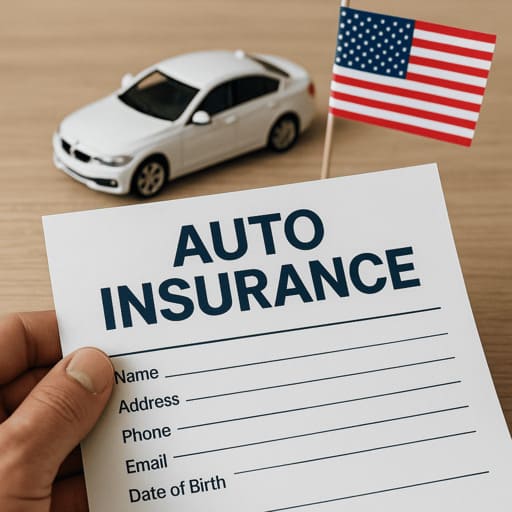Understanding Car Insurance Laws by State
Navigating car insurance laws by state is key to getting the right coverage at the best price. Having recently moved from a low-cost state to one with strict no-fault rules, I saw firsthand how the requirements — and my premium — changed overnight. Whether you're relocating, reviewing your policy, or simply want to stay compliant, understanding local insurance laws can make a real financial difference.
In this guide, you'll discover how each state sets its minimums, what “no-fault” really means for your wallet, and how to avoid common legal and coverage mistakes. Smart drivers keep up with local rules — let’s explore what you need to know for every state.
State-by-State Insurance Requirements
Every U.S. state sets its own auto insurance laws. While most require liability insurance, the required limits for injuries and property damage can be dramatically different. Some states mandate personal injury protection (PIP) or uninsured motorist coverage, especially in high-risk or no-fault states.
Compare State Insurance Rules by ZIP Code
Instantly compare state-specific car insurance rates and see coverage options from top providers.

Minimum Coverage and State Differences
Minimum required coverage varies by state. For example, California sets a $15,000 bodily injury minimum per person, while Texas requires $30,000. These numbers matter — if you cause a major accident in a low-minimum state, you could end up paying out of pocket after insurance pays its share. States like Florida and Michigan have “no-fault” laws, so drivers must carry PIP for their own medical costs, which can make rates higher but speeds up claims.
What Happens If You’re Not Compliant?
Missing the right coverage can result in fines, license suspension, or your car being impounded. In some states, you may need an SR-22 — a high-risk filing that almost always leads to higher premiums. Protect yourself by making sure your policy always matches your state's requirements.
No-Fault Insurance Explained
In no-fault states, your own insurance covers injuries and certain losses no matter who’s at fault. While this means fewer lawsuits and quicker payouts, it can drive up premiums and limits your ability to sue the other driver except in serious cases. If you're interested in how new tech affects these systems, check out our guide to autonomous vehicle insurance for no-fault states.
Beyond the Minimum: Should You Add More Coverage?
Minimum insurance may not be enough if you own a home, have significant savings, or drive a newer vehicle. Collision and comprehensive coverage aren’t state-required, but they can protect your own car from theft, accidents, or natural disasters. To find out what level fits your needs and budget, visit our homepage for in-depth tips and a free quote comparison tool.
Final Takeaway: Laws Vary, But Preparation Pays Off
No two states are alike, so always review your policy after a move or major life change. Keeping up with local insurance laws and trends means you’ll avoid surprises — and possibly lock in extra savings when discounts or requirements change.
Ready to review your options? Enter your ZIP code above for a personalized quote, or explore future trends in car insurance to see how laws and technology are shaping tomorrow’s policies.
FAQ: Car Insurance Laws by State
Here are some common questions about auto insurance laws and state requirements.
- Do I need to update my policy if I move to a new state?
Yes, always update your insurance to reflect your new address and comply with state law. Insurers check your address for rating and compliance. - What is an SR-22 and when is it required?
An SR-22 is a certificate of financial responsibility, often required after major violations. Not every insurer offers SR-22 filings, so check before you buy. - Is minimum coverage enough?
Minimum coverage may keep you legal, but it rarely protects your finances in a serious accident. Consider higher liability limits and optional coverages for better protection.
